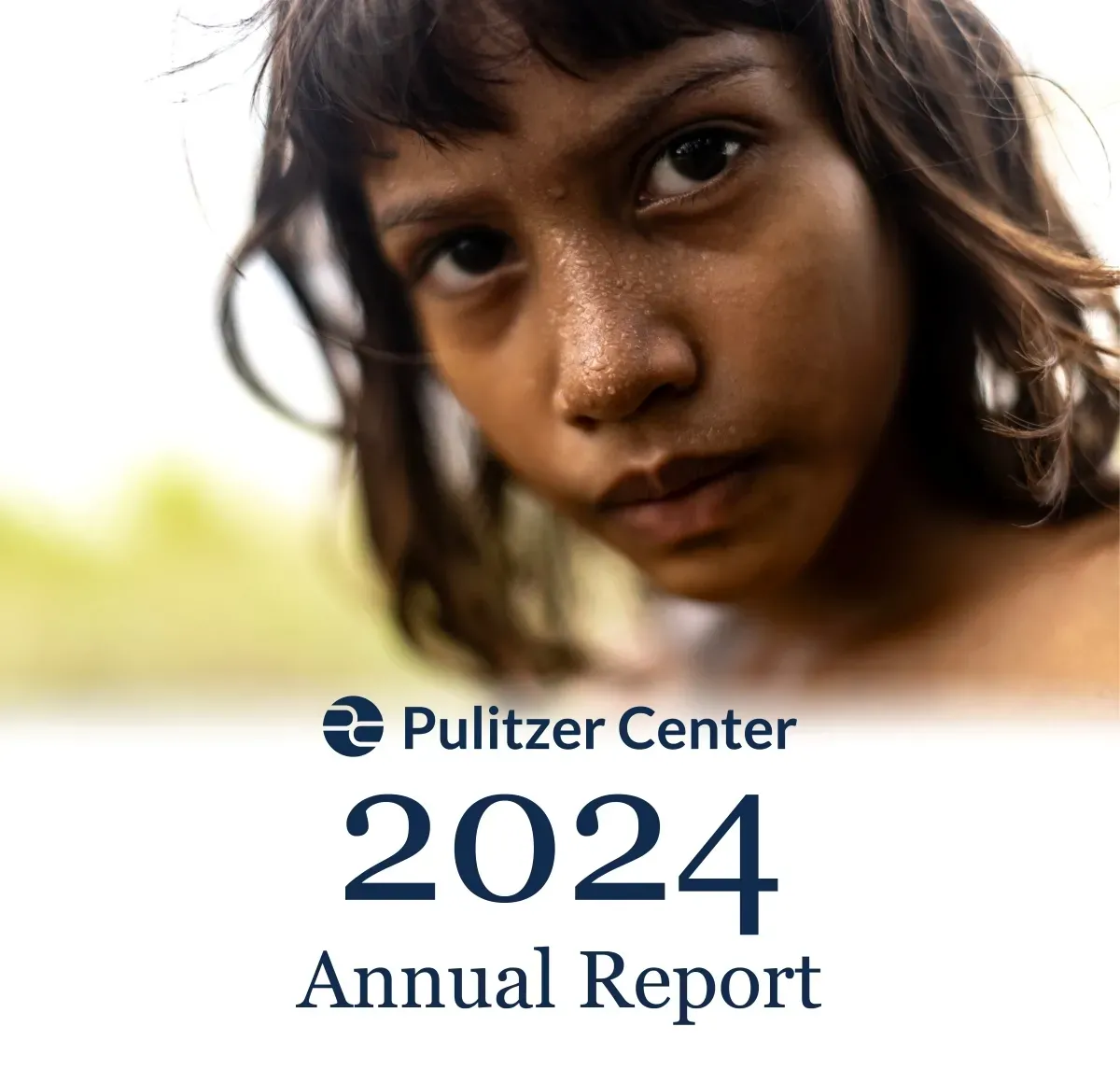Pulitzer Center Update January 31, 2025
Pulitzer Center’s 2024: Journalism, Engagement, and Impact

Breaking New Ground: Pulitzer Center’s Impact in 2024
Investigating the 2006 killings of civilians by U.S. Marines in Haditha, Iraq, in The New Yorker.
How an AI transcription tool used in medical settings is prone to hallucinations—including treatments that don’t exist, by The Associated Press.
Locating millions of acres of American land taken from Indigenous nations that now provide revenue to land-grant universities through industries such as mining and timber harvesting, in Grist.
Stories like these in 2024 underscore the essential role of journalism in equipping people with the information they need to address our many challenges together. Producing bold, rigorous journalism isn’t getting easier, but a task that has become equally important is making sure people see the stories in the first place. Audiences are increasingly scattered across digital and social media platforms, requiring new investments and thinking about how to connect journalism with communities in ways that build trust and accountability.
That’s why the Pulitzer Center’s model—supporting breakthrough journalism combined with intentional audience engagement—is so critical. We’re building bridges between stories and the people who need to hear them, while equipping journalists with the tools to dig deeper, and fostering connections that make the entire media ecosystem more resilient.
In 2024, we saw our new model start to generate real momentum and impact. We also welcomed a new CEO, only the second in the Pulitzer Center’s history. We honor the vision and tireless efforts of founder Jon Sawyer, who set the stage for the work we’re doing today and in the years to come. We also give thanks to our founding chair and bedrock supporter, Emily Rauh Pulitzer, who stepped down in June but remains an indispensable force.
Pulitzer Center initiatives this year have focused on empowering newsrooms, inspiring the next generations, advancing solutions on critical topics, and—as ever—driving community engagement with underreported stories.
We invite you to explore our just-released annual report and reflect on the incredible stories and collaborations that made 2024 so impactful. You’ll find examples of how our unified approach—blending journalism, engagement, and education—elevates the field and creates lasting change.
Thank you for being a part of this journey. Your support fuels our mission, and we’re excited to continue working together to strengthen the journalism ecosystem for future generations.
Best,


Impact
.png.webp?itok=6skOs9GY)
As part of the Pulitzer Center's Interconnected Webinar Series "Too Hot To Work" event, young attendees from Southeast Asia competed to create impactful environmental content for social media. The winner, 17-year-old James Damon Chaingam from Thailand, received a $500 prize for his comic strip series on climate-driven migration and the struggles of laborers in the climate crisis. A passionate anime creator, Chaingam grew up on a farm in northeastern Thailand before moving to Bangkok.
Read the full update here.
Photo of the Week
.jpg.webp?itok=KHeQ0TSf)
This message first appeared in the January 31, 2025, edition of the Pulitzer Center's weekly newsletter. Subscribe today.
Click here to read the full newsletter.



